Pablo Picasso is one of the most important artists of the twentieth century. His personal life was no less rich and diverse than creative. He lived in the heyday of cinema. And all the more strange it seems that so few films have been made about the Picasso’s life. And even fewer of them are successful.
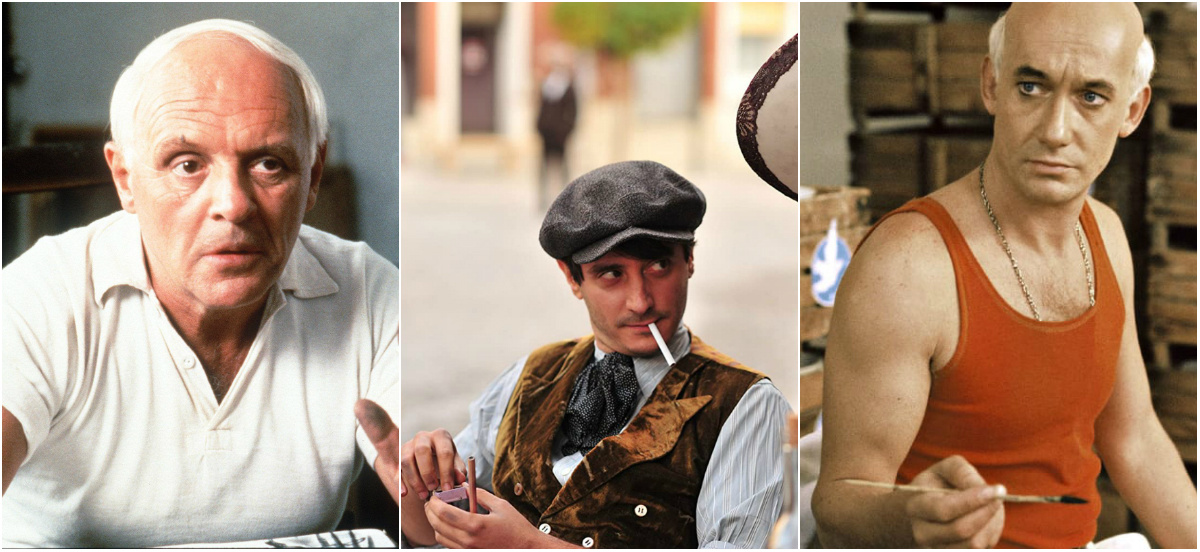
The Adventures of Picasso (Picassos äventyr, Sweden, 1978)
Most films about artists tell about a specific period in the life of a famous person, but The Adventures of Picasso film is different from all of them. It managed to cover the whole life path of Picasso, although it was done in a rather unusual way. Despite the fact that the director and scriptwriter Tage Danielsson actually mentions all the important milestones of the artist’s life, the real facts are flavoured with so many absurd details that it is already impossible to believe anything that is happening on the screen. It will just suffice to mention Ernest Hemingway sitting at a table of a Parisian café wearing a T-shirt with "Hemingway" caption and knitting mittens.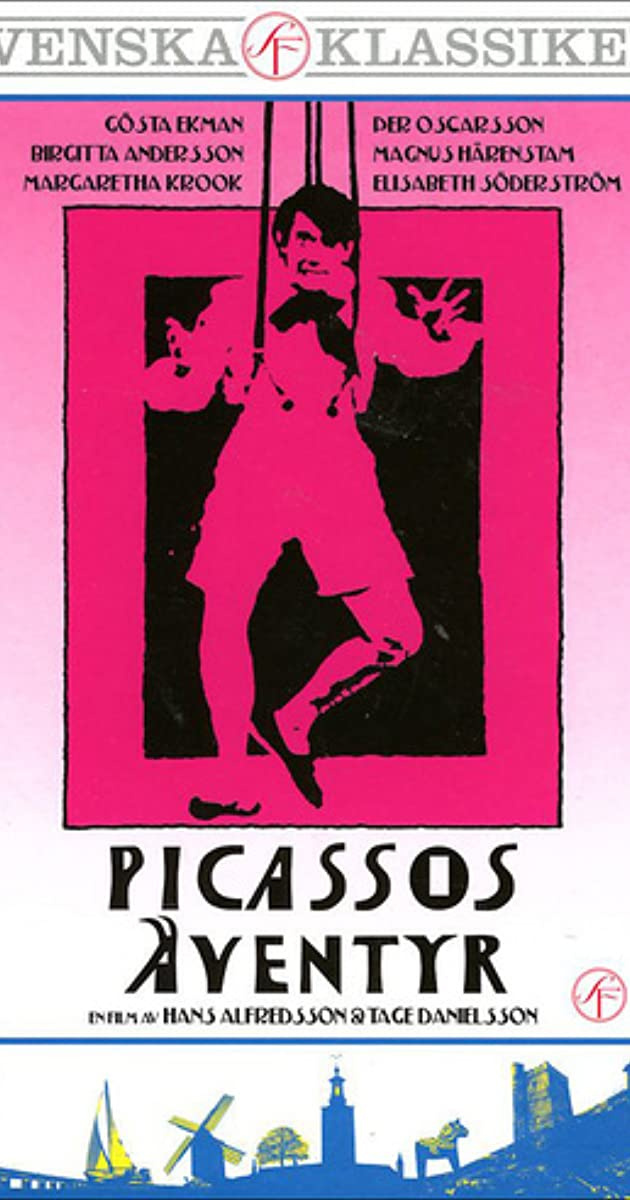
The original The Adventures of Picasso movie contains ten different languages: Spanish, French, Swedish, German, Finnish, Italian, English, Russian, Norwegian and Latin. But the words used do not really need translation. For example, after the announcement of the First World War outbreak, a newspaper boy walks along the street holding the latest issue, and a huge headline on the first page of his newspaper reads: "KRASH! BOM! BANG!" And in Madrid, the heroes keep saying "Caramba!"
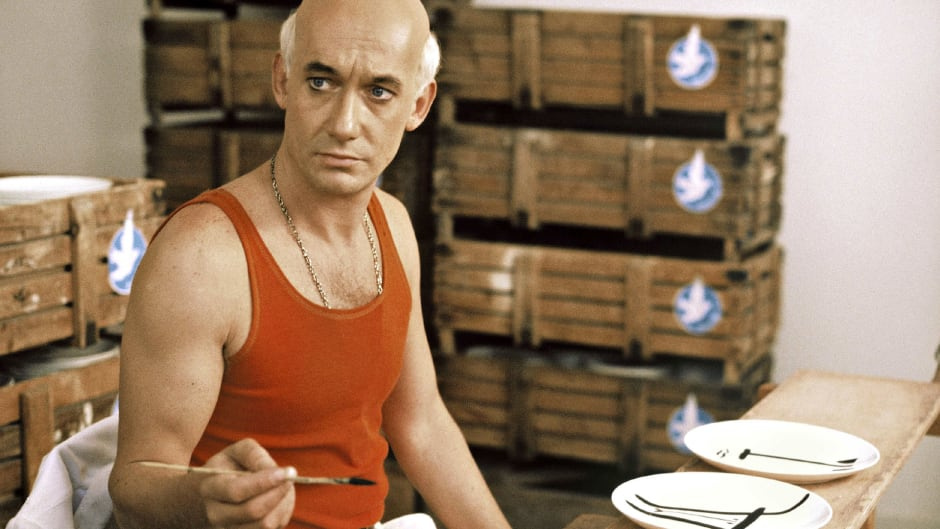
Tage Danielsson’s film was originally announced as a "crazy comedy," and it fully justifies this definition. There is not a drop of reverence or respect for the recognized geniuses. Everything here is farce and absurdity, exaggerated as it could be. But there are some really great scenes in The Adventures of Picasso. In one of them, Picasso hides his friends from the Nazis, hiding them as furniture, and three women hang on a ledge, pretending to be curtains. And at the end of the film (and, in fact, the artist’s life), Picasso has already become so famous that tourists literally followed him hard, even to the toilet, because they perceived his house as a museum.
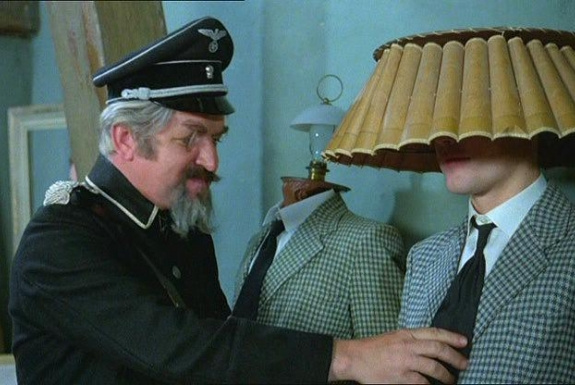
Surviving Picasso, USA, 1996
The previous film does not hide it’s farce essence, whereas the Surviving Picasso movie is the same farce, but posing as a deep drama. By and large, it could be a film about any fictional character, and the story would have lost absolutely nothing. In the tape of James Ivory, there is almost no Picasso the artist, who was one of the most prolific creators in the history of art in reality. There is a middle-aged satyr here, mainly engaged in seducing women and some petty squabbles. Even the magnificent cast does not save the film, including Anthony Hopkins as Picasso himself. There are many archival records in which you can see how the artist spoke and behaved. But, obviously, Picasso by Hopkins was directed to look caricatured and ridiculous.
The Surviving Picasso movie begins with the artist’s acquaintance with Françoise Gilot and covers the 10 years they lived together. A few years after the breakup, Françoise wrote the book "My Life with Picasso", but the film creators could not get the right to film it. Therefore, the film was based on another book, a very ambiguous biography by Arianna Stassinopoulos Huffington "Picasso: Creator and Destroyer". Moreover, the artist’s heirs forbade the filmmakers to use original Picasso’s paintings and sculptures in the film, therefore, there is so little proper art in the movie.
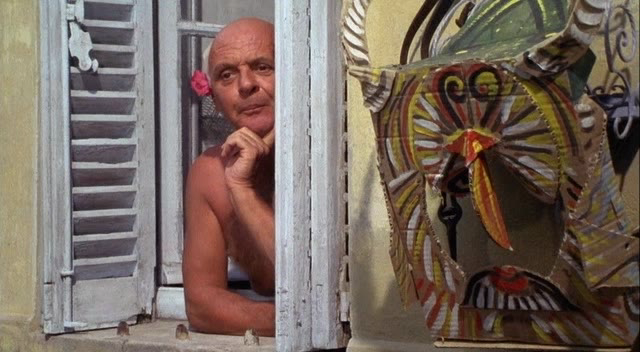
The most offensive thing is that Surviving Picasso is the only film about the artist that claims to be biographical. Nevertheless, it does not give an answer neither to the question of how Picasso became a great artist, nor about why women loved him so much. Only in 2018, the series "Genius. Picasso" with Antonio Banderas starring was filmed; however, it was not too successful.
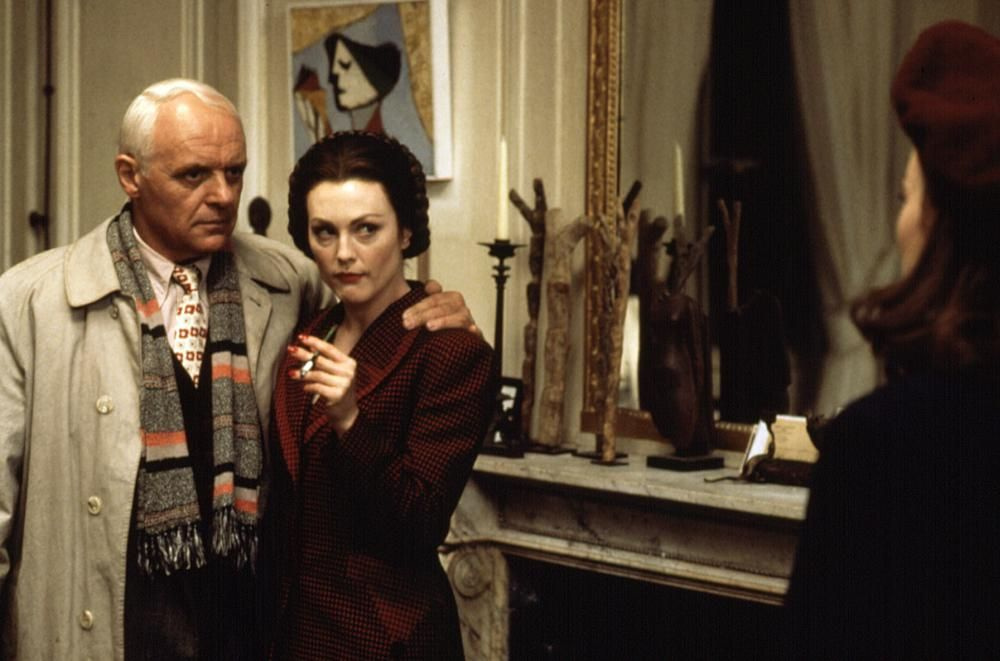
A still from the movie: Picasso and Dora Maar performed by Julianne Moore. A few years later, the actors will act together again, in the Hannibal movie
Picasso’s Gang (La banda Picasso, Spain, 2012)
In 1911, the Mona Lisa by Leonardo da Vinci was stolen from the Louvre. The canvas was found only after two years, and it is believed that this story made Mona Lisa so famous. When the French gendarmerie was investigating the theft and looking for a painting masterpiece, at some point the suspicion fell on Pablo Picasso and his friend Guillaume Apollinaire. And then the French newspapers wrote about the mythical Picasso’s gang — a group of foreigners who came to Paris to steal works of art. It was this absurd fact that formed the basis of the comedy film by the Spanish director Fernando Colomo. Although the filmmakers treat facts very freely.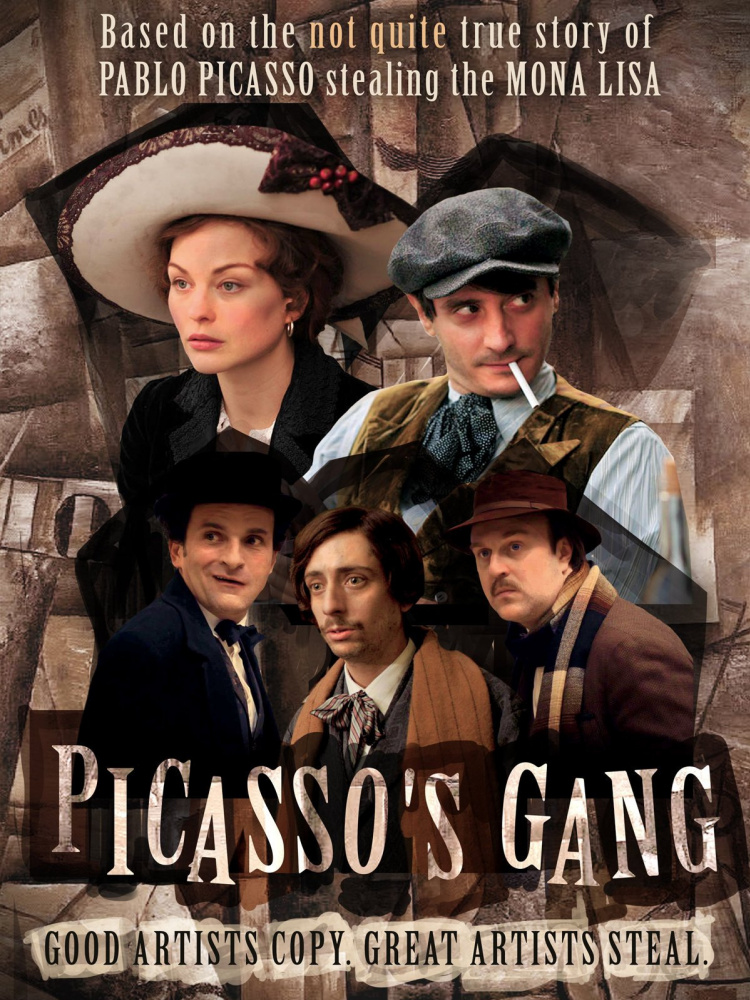
In fact, the name of Picasso here is just a big name. Picasso’s Gang is a film not so much about the artist himself and not even about the theft of Mona Lisa, but about the everyday life of the multinational Parisian bohemia of the early twentieth century. By and large, the notorious "gang" is the Parisian bohemia, a close circle of talented non-conformists, fighting so fiercely against the foundations and canons in art with the help of their criminally non-standard works, that they were eventually suspected of a real crime.
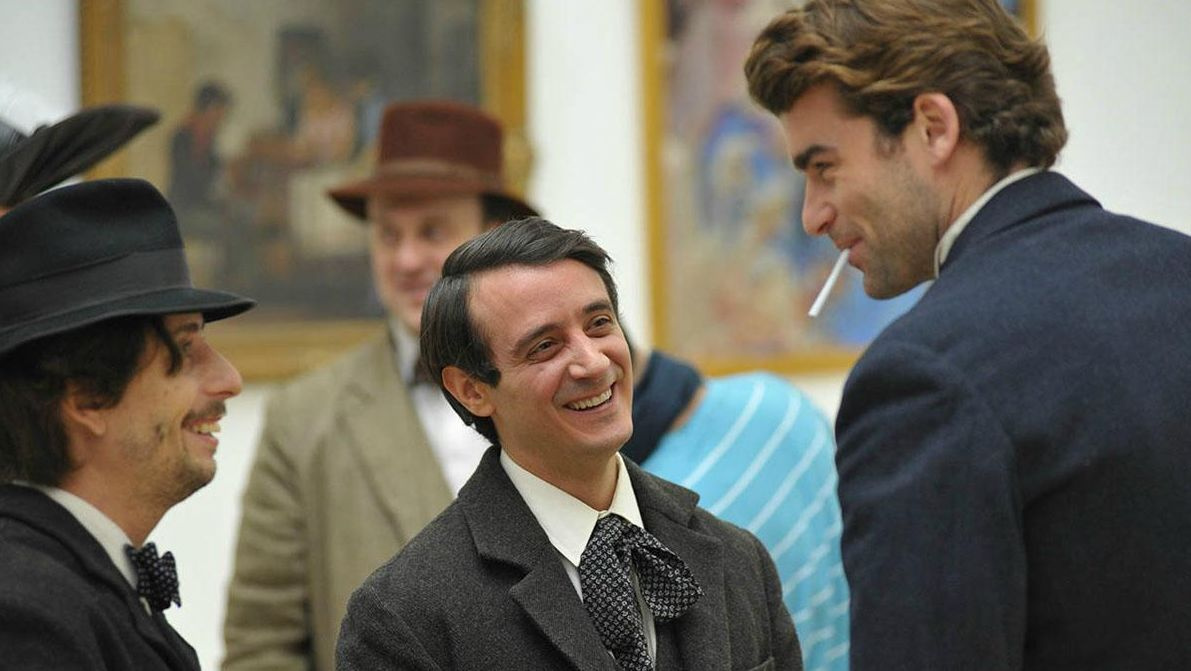
The Picasso’s Gang film perfectly captures the spirit of the times, everything is very similar to the Woody Allen film "Midnight in Paris", released a year earlier. Fernando Colomo’s film was even nominated for the Goya Award for best costumes in 2013.

The Mystery of Picasso (Le mystère Picasso, France, 1956)
Among all the films about Pablo Picasso, this one stands out because it allows the viewer to see a real artist. But only due to the fact that The Mystery of Picasso is a documentary. In 1955, French director Henri-Georges Clouzot invited Picasso to make a unique film, "which could capture the moment and mystery of creativity".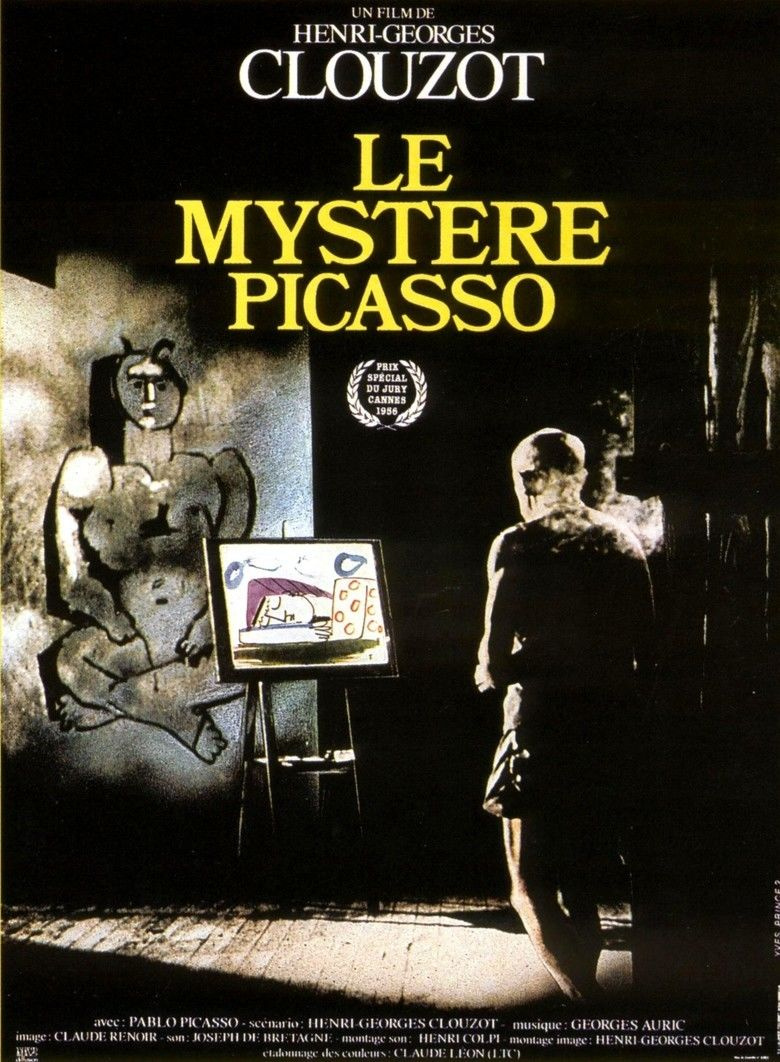
Throughout the 75 minutes of the film, Picasso draws. First with coloured pens and pencils, and then he takes brushes, oil paints and collages. The surface on which he paints is located between the artist and the camera. According to Clouzot’s idea, a translucent canvas was used for this, back of which reveals all the strokes applied by Picasso. Interestingly, Claude Renoir, a grandson of Auguste Renoir, stood behind the camera.
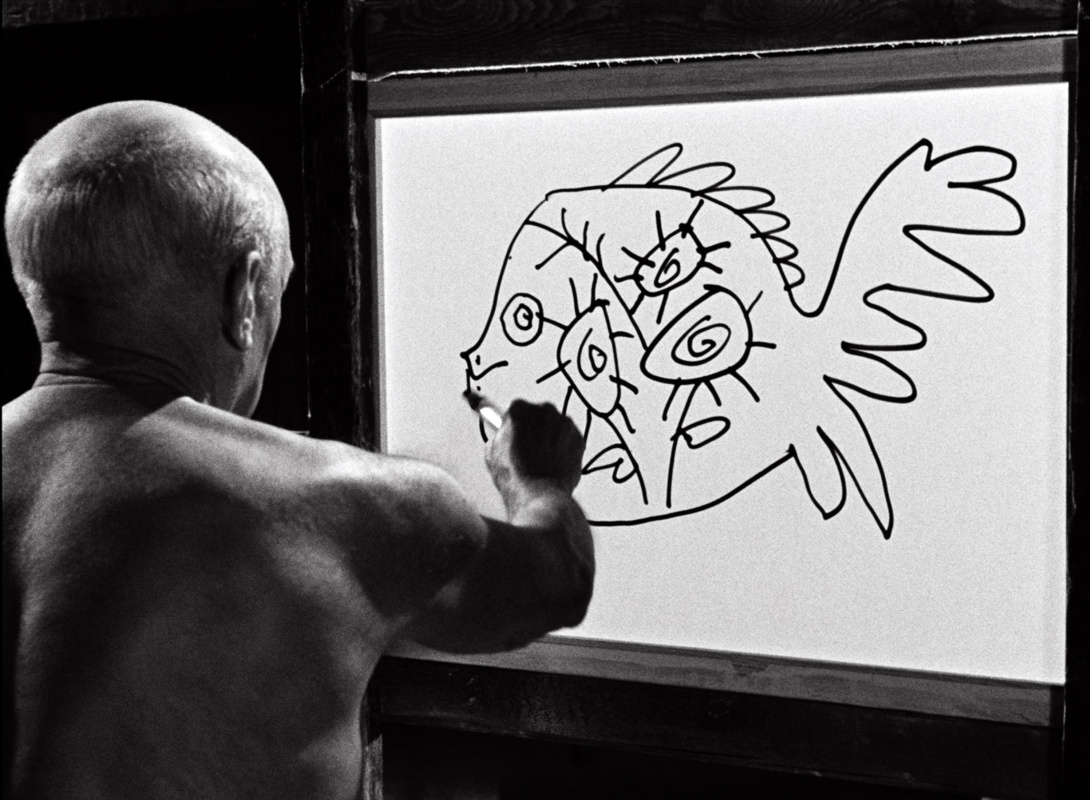
The artist at work is a very meditative sight. The Mystery of Picasso is an eye-catching film, despite the fact that there is almost no artist in the frame
, and for the entire film, the participants pronounce just a couple of phrases. The creators of the film claimed that all the works Picasso created during the filming were destroyed and only survived on tape. The film’s release was not very successful, but the same year, it received a special jury prize at the Cannes Film Festival, and in 1984, it was declared a national treasure of France.











